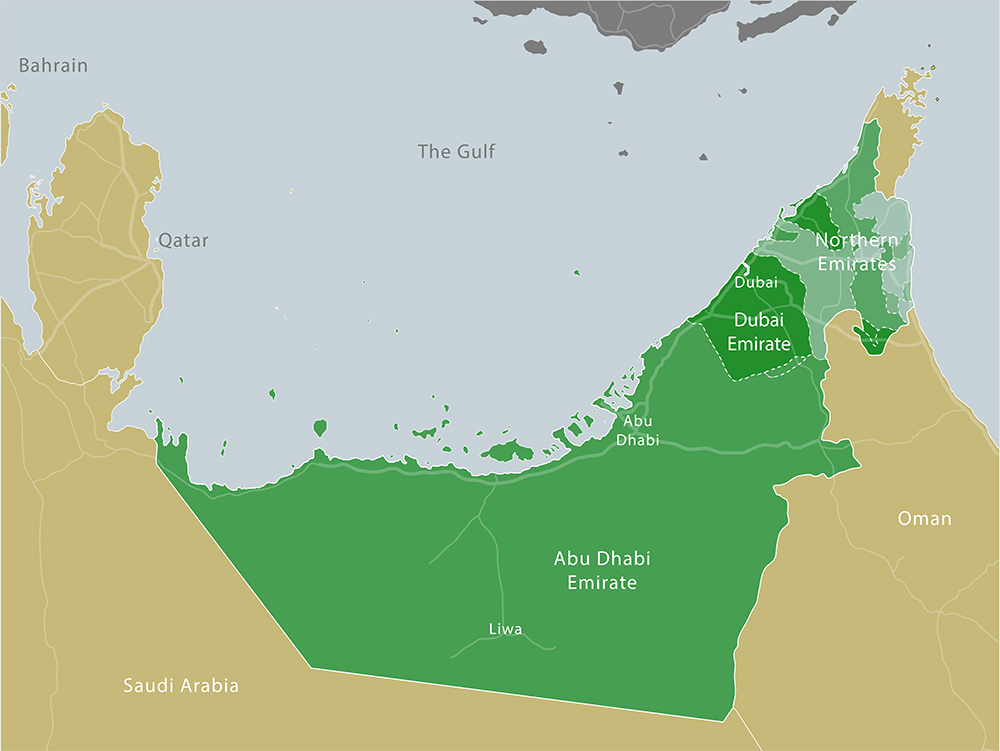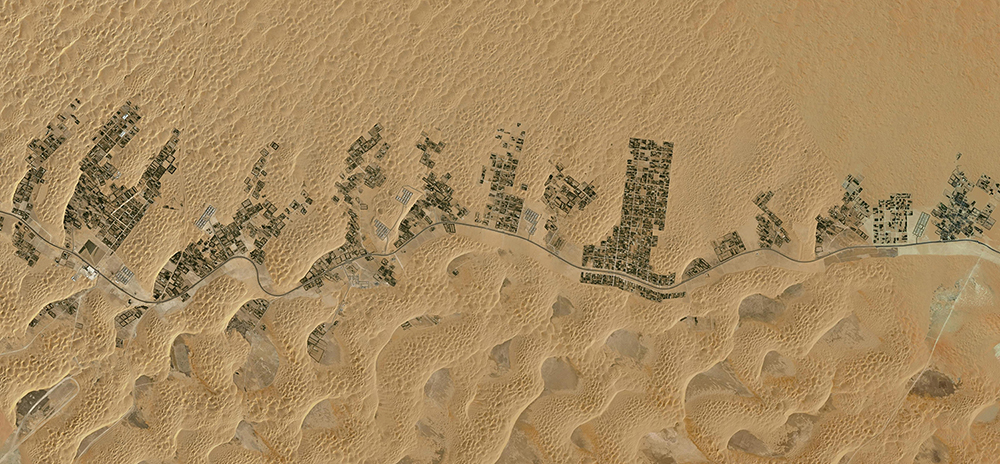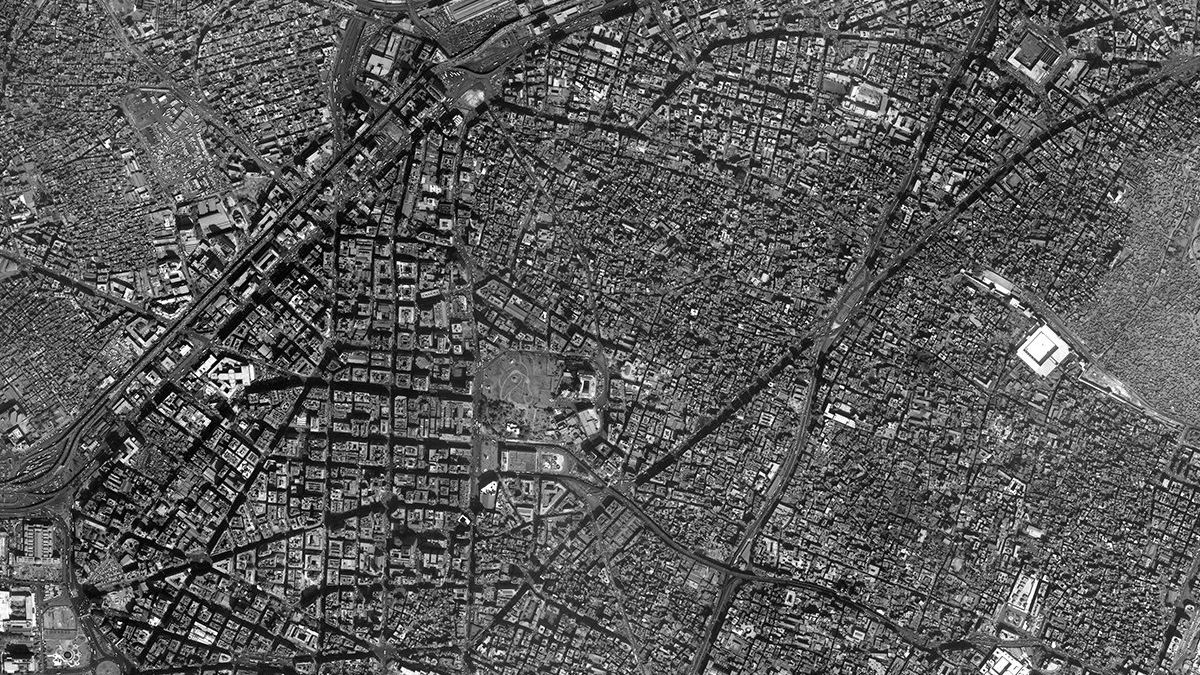|
|
Karim Elgendy
Under the blockade, Gaza is often likened to a prison, with poor and patched up infrastructure and declining sanitation. In May, the Israeli bombing of urban areas in response to Hamas rockets caused yet more devastation. But what is often overlooked is that with every war, indeed with every passing year, the environment in Gaza is becoming more fragile, and the ability of this small strip of land to sustain human life further eroded. As such, Gaza is a reminder to its neighbours of their serious environmental challenges and a warning of dire consequences if action is not taken.
Continue reading Canary in the coal mine: Gaza, the Levant, and climate change
Karim Elgendy and Natasha Abaza
Cities of the Middle East and North Africa (MENA) region share many characteristics that are not limited to their shared heritage, traditional urban form, or socioeconomic conditions. We argue that the cities of the MENA region share another characteristic; limited success in reaping the benefits of urbanization which has been taking place for over a decade, ultimately leading to unique growth in carbon emissions across multiple metrics
Continue reading Urbanization in the MENA region: A Benefit or a Curse?

Karim Elgendy
Settling along the shores of the gulf
In the barren deserts of the Arabian Peninsula, people have always settled in locations that provided freshwater and enough natural resources to enable trade and economic development. Human settlements in the southern shores of the Gulf, in what we now know as the United Arab Emirates (UAE), are no exceptions to this.
For the last four centuries, the Bedouins of the Banu Yas tribes have settled a strip of land along the northern edge of the dune fields of the Arabian Peninsula’s Empty Quarter. Drawn to its plentiful ground water resources they established what is now known as the Liwa Oasis and developed date plantations which provided subsistence. But when fresh water was discovered on the Abu Dhabi Island in the late 18th century, Al Bu Falah branch of Banu Yas moved to the coastal location which – in addition to providing fresh water- also allowed them to develop pearling industry and trade.
In the early 19th century, another branch of the Banu Yas, known as Al Bu Falasa, moved from the Abu Dhabi Island to settle near a natural creek 90 miles east of the Abu Dhabi Island. In addition to ground water and pearling, the creek – now known as the Dubai Creek- allowed the establishment of a port which facilitated trade with neighbors across the gulf and beyond. They quickly established a settlement on the western shore the creek – known later as Bur Dubai – but had to abandon it two decades later and move to the eastern shore after a smallpox outbreak. By the end of the 19th century, the combined advantages of fresh water availability, the natural port, the pearling industry, and the good geographic location, were sufficient for the new settlement to endure a sweeping fire that burnt through most of it dwellings. The Bedouins that have settled in Dubai sought no other location and simply rebuilt their settlement.
Continue reading Policies to Buildings: The UAE’s Emergence as the GCC’s Sustainability Leader
Karim Elgendy
 Liwa date farms benefit from some of the freshest ground water in the UAE. Copyrights: Google Those who visit the Middle East and North Africa from more temperate climates are often struck with how hot and dry the region is, and how scarce its rainfall. Some wonder why cities became established here, and how they continue to exist despite the lack of renewable freshwater.
These concerns are not entirely groundless. Yet these cities’ existence is not in any way miraculous: it’s merely an example of what can happen if cities fail to strike a sustainable balance between growth and limited resources.
Continue reading How Sustainable is Your Oasis?: A Review of Water Resources in Middle East Cities
Hiba Abu Al Rob, Majd Jayyousi, Khaled Abu Ajwa, and Rashed Al Nasa’a
The water situation in Jordan is in need of dramatic changes to ensure positive outcomes in national water resource management. Already nearing crisis levels, it is estimated that any slight change in current levels or quality of water will have a significant effect on agriculture, industry, nutrition, health and ultimately the security of the Kingdom.
This is a story that everyone has heard before. It is a story at the heart of Jordan’s neighborhoods and villages where ramifications are felt every day, affecting the lives of thousands of individuals. Men and women, both young and old, have learned the meaning of water scarcity the hard way, as places and communities they call home have transformed into daily battlegrounds of uncertainty and disappointment. To tell the story of water in Jordan, one would travel far and wide, yet this is an attempt to tell the story through three tales of struggle, determination, and success in facing one of the biggest challenges this century.
 The fields surrounding the village of Al Mughayyir, in northen Jordan, bear witness to the effect of water scarcity which has created a shift in the social pattern of local villages, with many abandoning agriculture and farming and moving to neighboring cities. Photo Copyrights Mohammad Asfour Continue reading Stories of Water Scarcity in Jordan
Lara El Saad
Recognised as one of the world’s largest oil producers, Abu Dhabi, the capital of the United Arab Emirates, holds 94% of the country’s proven oil reserves and 90% of its natural gas, making it the wealthiest of the seven emirates in the federation. In recent years, and despite the recent economic downturn, Abu Dhabi maintained a steady pace of development that was accompanied with steady increases in energy demand and consumption.
This growth of energy demand and consumption has been as result of a number factors. Prime amongst which is economic growth and the demographic pressures of a growing population. But equally important to these factors are the heavy subsidies on the domestic energy market, which encourages overconsumption, and the heavy subsidies on domestic water use, which play a major factor in the growth of energy use in Abu Dhabi.
Continue reading Averting Crisis: Managing Energy Use in Abu Dhabi

Karim Elgendy
An infographic representing a comparison between residents of different countries around the Arab World in terms of their available renewable water resources and their total water use ( including desalination of sea water and non-renewable ground water). Total water used in each country is also presented as a percentage of available renewable water resources. The infographic was researched and designed by Karim Elgendy and was based on raw data provided by the World Resources Institute. Copyrights for all infographics are reserved for Carboun. No reproduction or republishing of any infographic or part thereof without prior written consent from Carboun.
Continue reading Water Availability and Use in the Middle East
|
|






